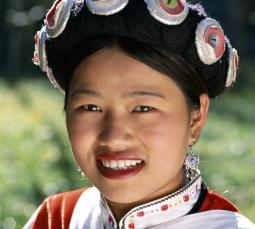Nujiang Lisu Autonomous Prefecture is at the western edge of Yunnan Province, near the border of Myanmar (Burma). It is a land of great mountains, rivers, lakes, forests and wide open spaces. On its north side it shares a border with Tibet. The prefecture is named for the Nujiang River and the Lisu people, the most populous ethnic group in the prefecture.
The Nujiang River, "China's Angry River", is the longest undammed river in Southeast Asia, and the heart and soul of the prefecture, providing the basis of civilization for thousands of people of the region.
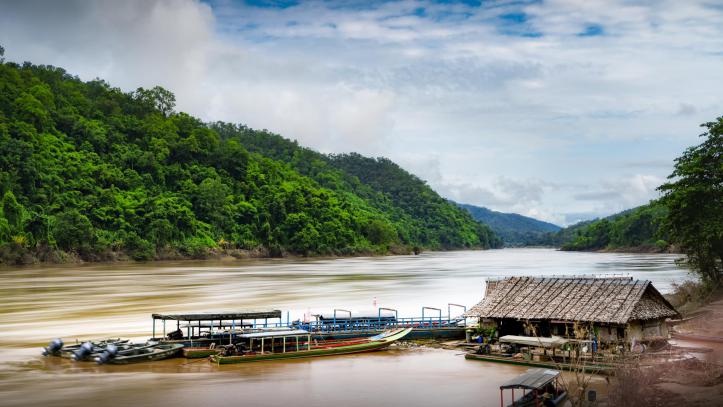
While nearly half the population is comprised of Lisu people, another quarter are Bai. The final quarter is divided among many other ethnic groups, including Han, Nu, Dulong, Pumi etc., which makes Nujiang a very ethnically diverse and culturally rich region. The culture of Nujiang is enriched by the unique customs, songs, dances, costumes, architecture and cuisine of each of the ethnic groups. The presence of all the different ethnic groups makes Nujiang a culturally vibrant place.
Nujiang is known for deep canyons along the Dulong, Nujiang and Lancang rivers that run longitudinally and nearly parallel through the Nujiang Valley. The Three Parallel Rivers of Yunnan Protected Areas have been named a UNESCO World Heritage Site.
The most spectacular of the gorges surrounding the rivers is the Nujiang Gorge, which cuts through 600 kilometers (nearly 400 miles) of Yunnan Province. The landscape throughout the gorge area is beyond spectacular, with towering mountain peaks, ancestral forest, rapid rivers and enchanting seasonal snow cover.
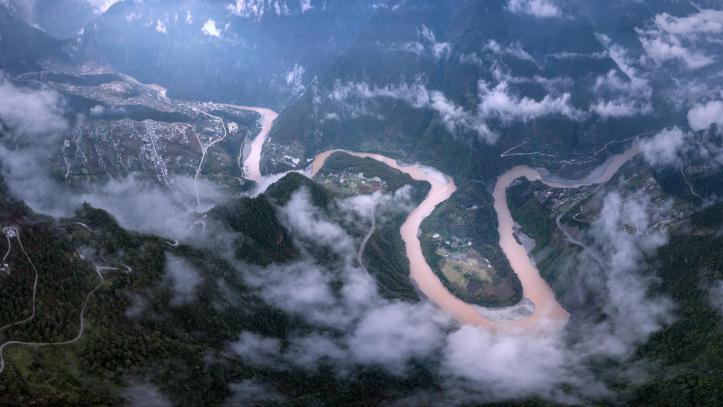
The Nujiang Gorge is also the site of what is called The Stone Moon, an elliptical hole through the peak of Gaoligong Mountain that visitors often mistake for the moon when they approach it. Nearby is Tingming Lake, a crystal clear body of water fed by mountain springs and streams.
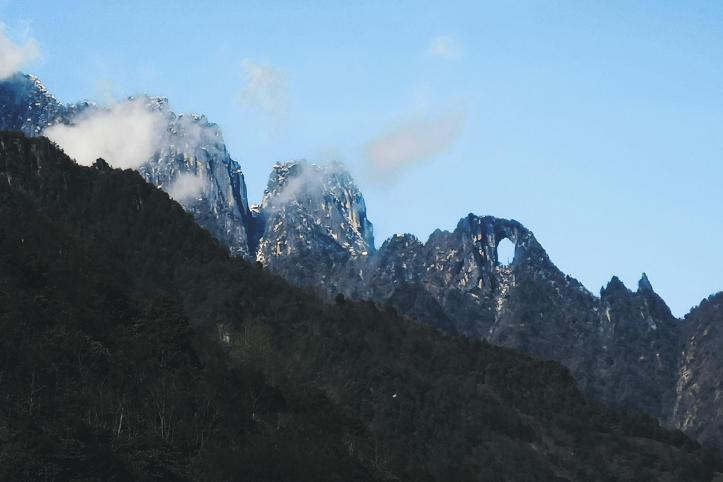
Near the Myanmar border is the great Dulongjiang Gorge, which is an open-air museum of wild plants in this well-preserved natural setting that showcases the great diversity of plant life in the wide open spaces of China's western edge.
Bingzhongluo township on the border of Gongshan Autonomous County and Tibet is referred to as the Shangrila of Nujiang Prefecture. It is the home of Nu, Lisu, Tibetan and Dulong ethnic minorities. Ancient religions coexist with Lamaism and Christianity in the prefecture.
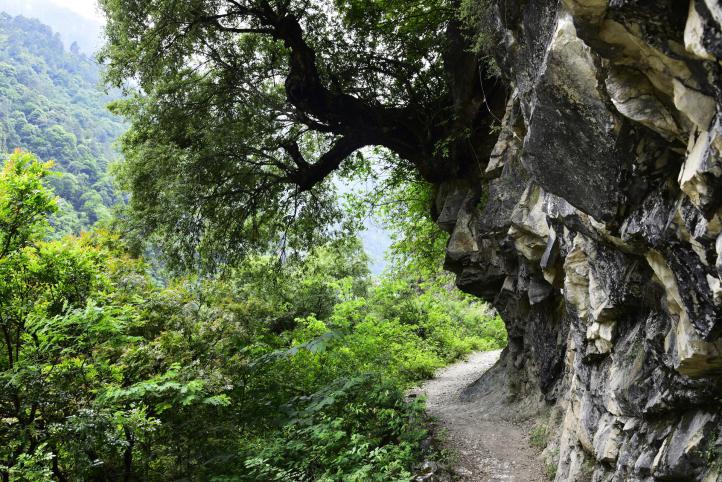
Visiting Nujiang, a wild and wide open, unconquered region where nature reigns supreme without obstruction, is an exhilarating experience, to say the least.


